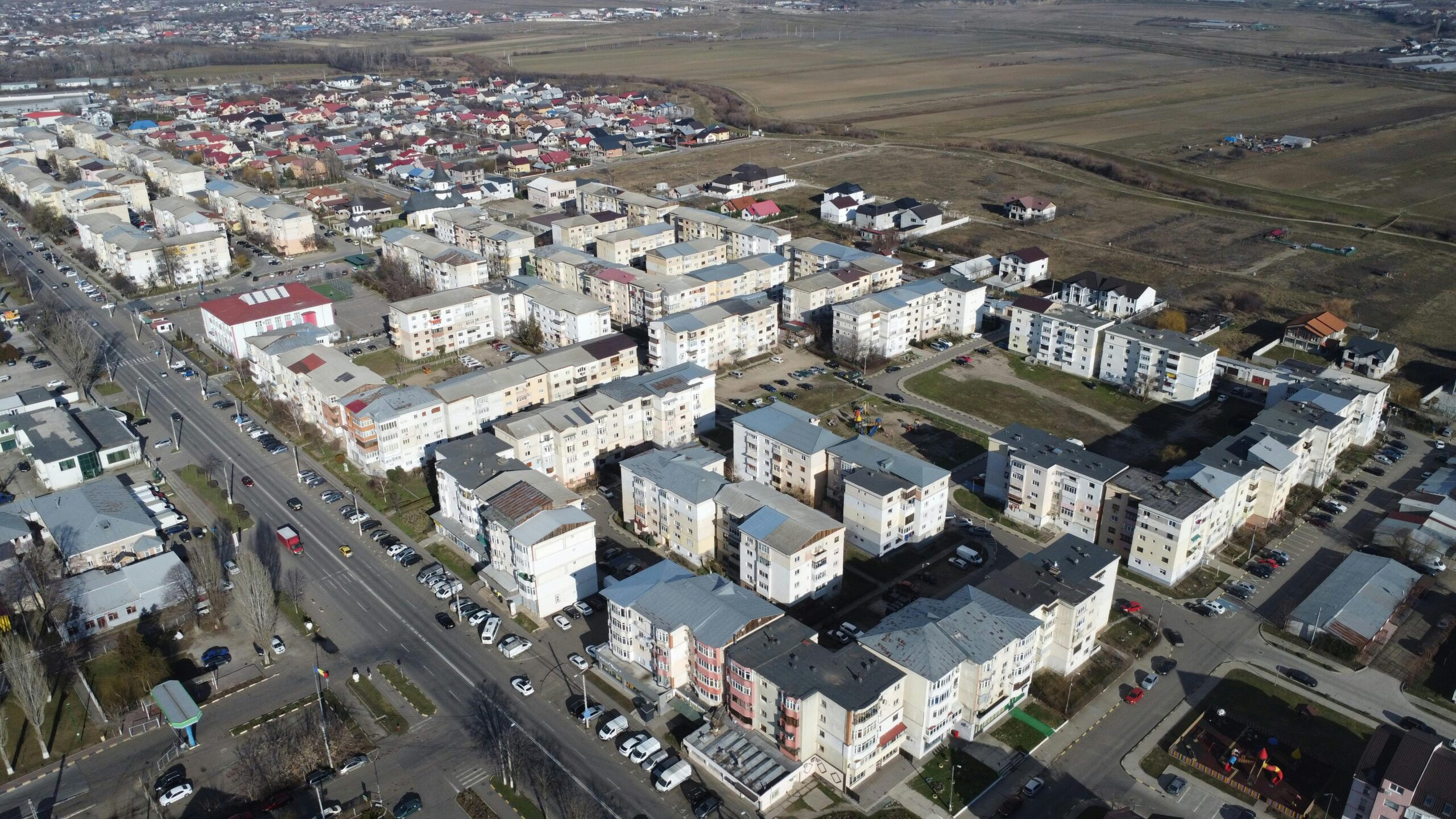
With Donald Trump securing a second term in the White House, questions about the future of affordable housing in the United States are once again at the forefront of public discourse. During his first term, the Trump administration emphasized deregulation, market-driven solutions, and reduced federal involvement in housing programs. Now, as Trump 2.0 takes shape, many housing advocates and policymakers are asking: Could a Trump administration slow or even reverse the momentum behind affordable housing initiatives?
The answer lies in understanding Trump’s housing policy history, current economic conditions, and the potential direction of his new administration. This article explores how Trump’s approach to governance could impact affordable housing initiatives across the country—and what that means for renters, developers, investors, and local governments.
A Look Back: Trump’s First Term Housing Policies
During his first term (2017–2021), the Trump administration took a notably different stance on housing policy compared to previous Democratic administrations. Rather than expanding federal affordable housing programs, Trump’s Department of Housing and Urban Development (HUD), under Secretary Ben Carson, focused on:
-
Reducing federal regulations on housing development.
-
Promoting private-sector solutions and partnerships.
-
Rolling back Obama-era fair housing rules, such as the Affirmatively Furthering Fair Housing (AFFH) rule.
-
Cutting HUD’s budget in proposed annual budgets (though many of these cuts were not enacted by Congress).
The guiding philosophy was clear: the federal government should play a limited role in housing, allowing states, cities, and the private market to take the lead.
While some praised this approach for empowering local governments and reducing red tape for developers, critics argued that it ignored systemic inequalities and failed to adequately address the nation’s growing housing affordability crisis.
Where Affordable Housing Stands in 2025
Heading into Trump’s second term, the United States faces a worsening housing affordability challenge. According to data from the National Low Income Housing Coalition (NLIHC), the country has a shortage of over 7 million affordable and available rental homes for extremely low-income renters. Major metro areas continue to experience rising rents, housing insecurity, and homelessness.
Meanwhile, the Biden administration’s previous efforts—such as expanded funding for the Housing Trust Fund, Section 8 voucher expansion, and zoning reform incentives—had started to make incremental progress. But with the change in leadership, many fear those efforts will lose momentum or be reversed altogether.
What Could Change Under Trump 2.0?
1. Reduced Federal Funding for Affordable Housing Programs
One of the most immediate impacts could be a renewed push to cut federal spending on affordable housing. In his first term, Trump’s proposed budgets regularly sought to reduce funding for:
-
The Housing Choice Voucher Program (Section 8)
-
Public housing capital improvements
-
Community Development Block Grants (CDBG)
-
The HOME Investment Partnerships Program
Though Congress didn’t always approve these cuts, a Republican-led budget in 2025 could lead to significant reductions in HUD funding. Less federal support could mean fewer subsidies, grants, and low-income housing development projects, especially in high-cost urban areas.
2. Rollbacks of Fair Housing Enforcement
Trump’s previous administration rolled back key fair housing regulations, including the 2015 AFFH rule, which required local governments to proactively combat housing segregation and promote inclusivity. In 2020, Trump replaced it with a weaker version, arguing that the original rule was burdensome and interfered with suburban zoning.
Now back in office, Trump may once again weaken HUD’s enforcement of anti-discrimination and fair housing laws, allowing local governments to avoid addressing systemic inequalities in housing access.
This could result in:
- Less integration of affordable housing into suburban and high-opportunity neighborhoods.
- Slower progress on housing equity for marginalized communities, including Black and Latino households.
3. Emphasis on Deregulation and Market-Based Solutions
Instead of expanding federal programs, the Trump administration is expected to double down on deregulation, with the belief that reducing zoning restrictions, environmental reviews, and permitting delays will naturally increase housing supply and affordability.
This market-driven approach could include:
- Incentives for local governments to relax zoning laws (especially for multifamily housing).
- Streamlined federal approval for development projects.
- Tax incentives or Opportunity Zone-like programs to spur private investment in housing.
While these moves might encourage more development, critics argue that without targeted affordability requirements, the new units built will not serve those most in need—namely low-income and extremely low-income households.
Impacts on Stakeholders
✅ For Real Estate Developers
Developers could benefit from reduced regulation and faster permitting processes. However, without subsidies or tax credits, affordable housing projects may become financially unviable, leading developers to focus on market-rate or luxury units.
❌ For Renters and Low-Income Families
Households in need of affordable rental options may see fewer new units coming online, longer voucher waitlists, and reduced access to federal assistance programs.
⚖️ For Local Governments
Cities and counties could face more pressure to address housing issues without federal help, leading to increased strain on local budgets and more reliance on nonprofit partnerships or local tax revenue to fund housing initiatives.
Could Anything Positive Come From Deregulation?
To be fair, zoning reform and deregulation do have the potential to help increase housing supply, particularly if tied to affordability mandates.
If the Trump administration encourages cities to:
- Eliminate single-family-only zoning,
- Reduce minimum parking requirements, and
- Allow more accessory dwelling units (ADUs),
…it could unlock a wave of new housing in previously exclusionary areas.
However, for this to truly benefit low-income households, those reforms must be paired with affordability targets, inclusionary zoning, or other policies to ensure that new supply isn’t solely luxury-oriented.
A Critical Juncture for Affordable Housing
While it’s too early to know the full extent of Trump 2.0’s housing policies, the signs point toward a continuation of the first term’s limited federal intervention, reduced regulation, and market-based ideology.
For affordable housing advocates, this could mean an uphill battle in maintaining—and expanding—federal support for housing programs. The burden may increasingly fall on state and local governments, philanthropic organizations, and private developers to address the affordability crisis.
At the same time, some developers and policymakers may find opportunity in the new regulatory environment—as long as efforts to streamline development are balanced with equity considerations.
Ultimately, the Trump administration’s approach to affordable housing is likely to be less about direct aid and more about indirect incentives. Whether that proves sufficient in the face of the nation’s housing crisis remains to be seen.






